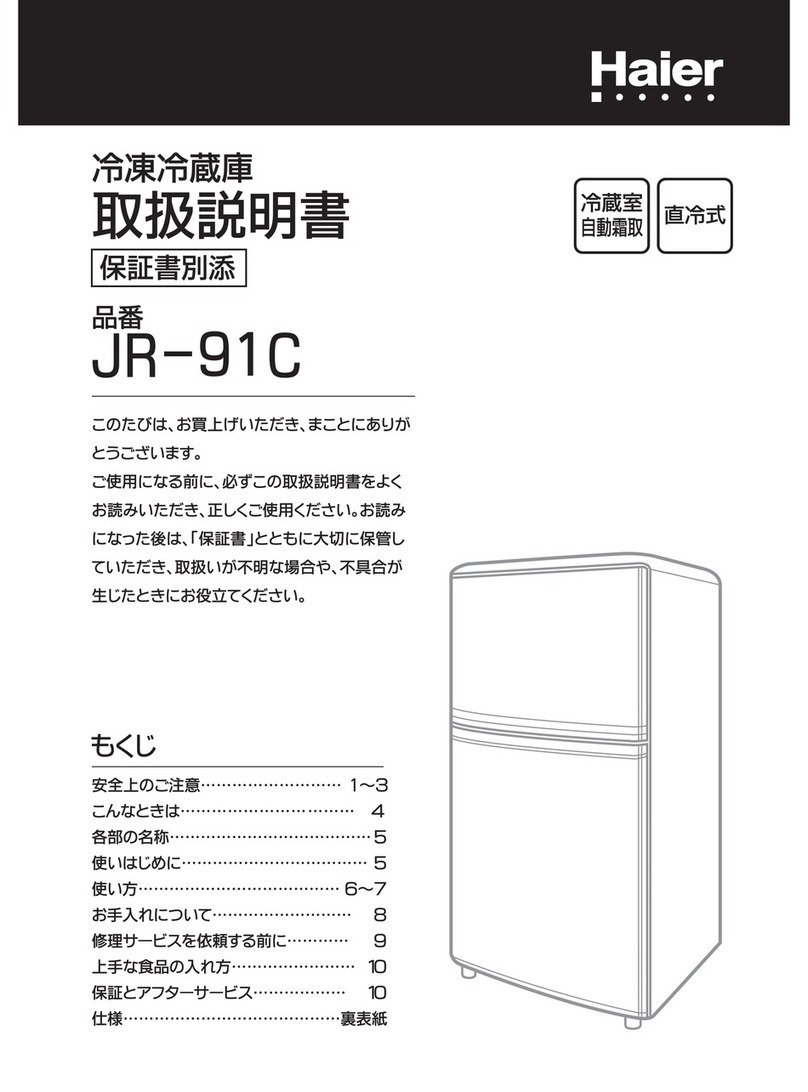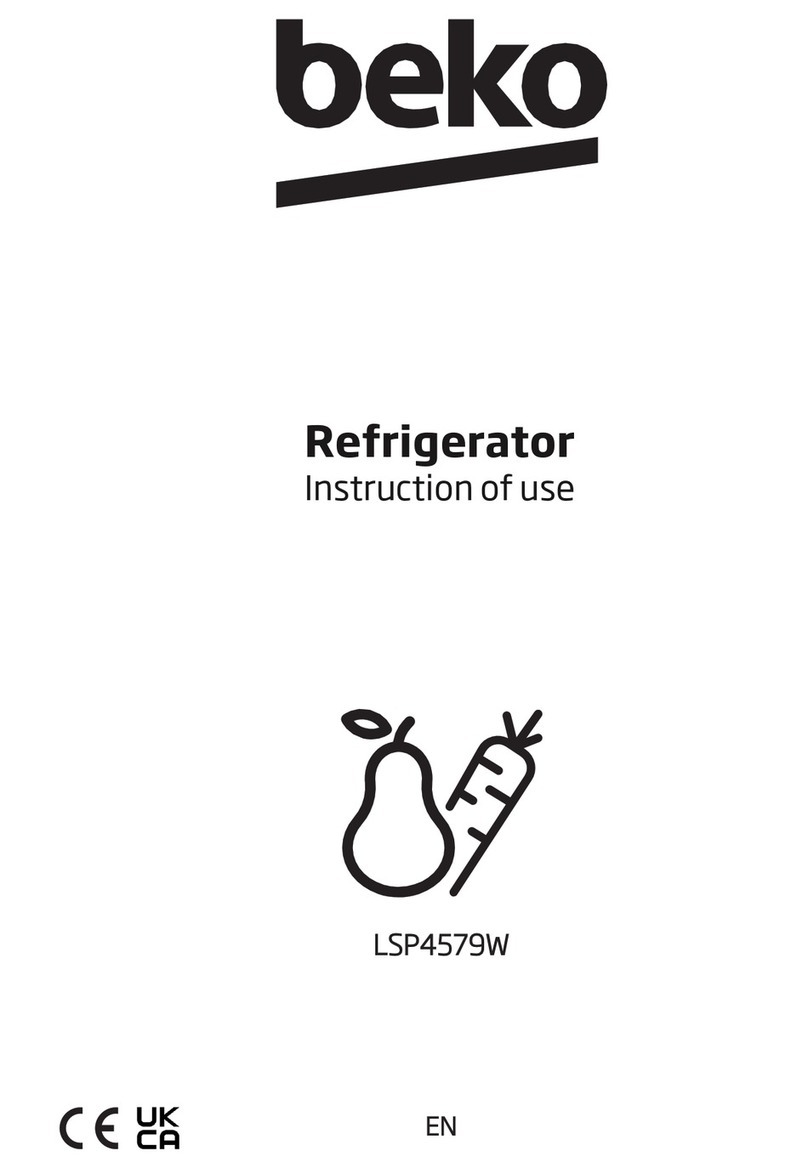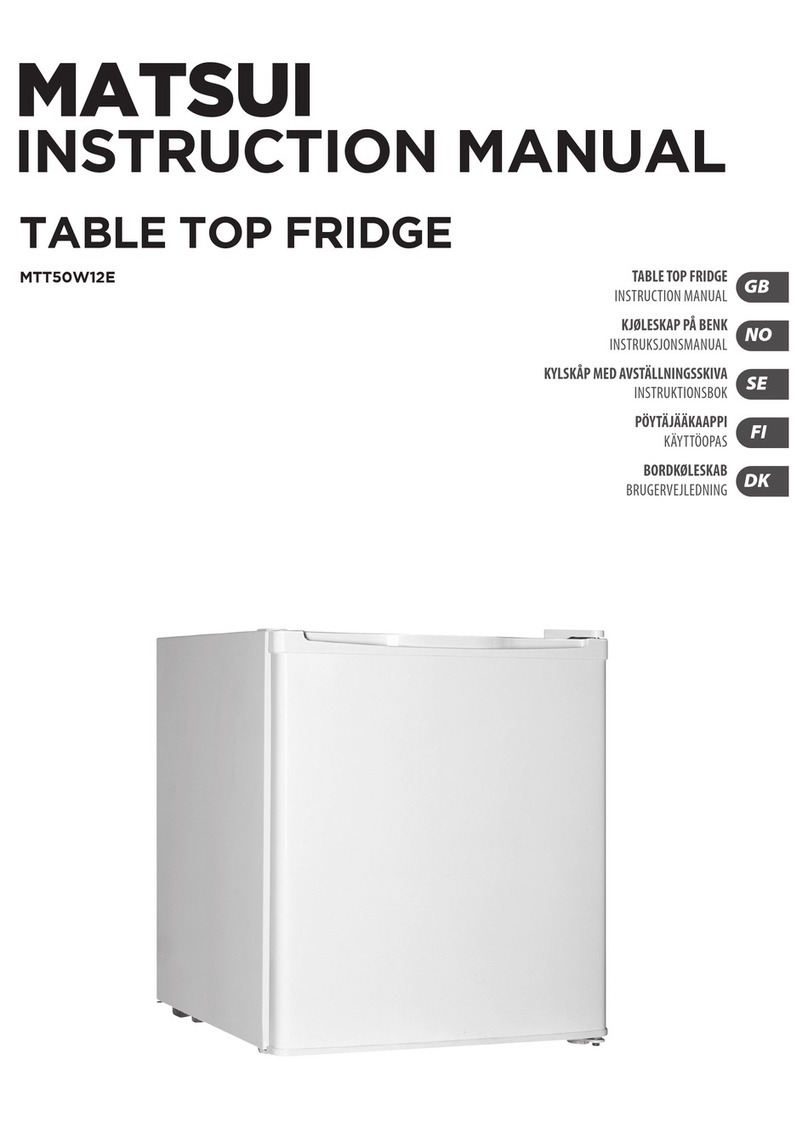Haier RF-8888-39 User manual
Other Haier Refrigerator manuals
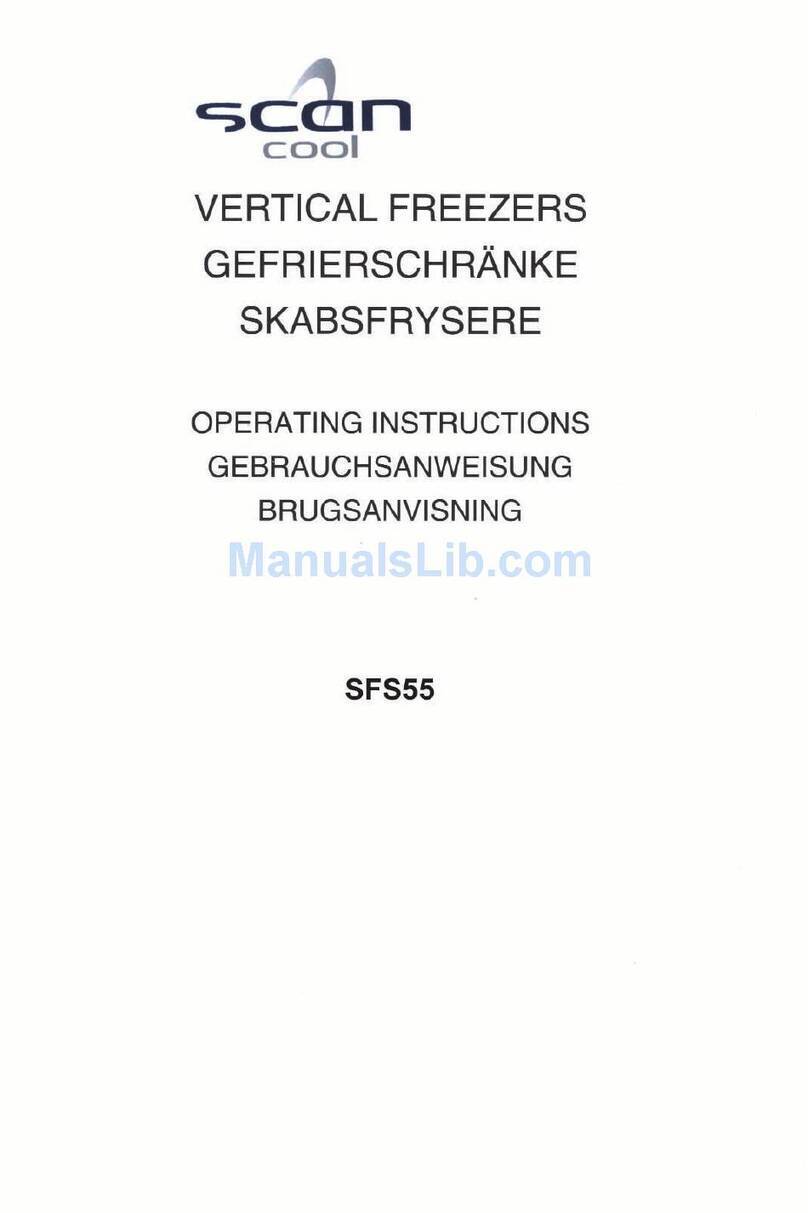
Haier
Haier SFS User manual
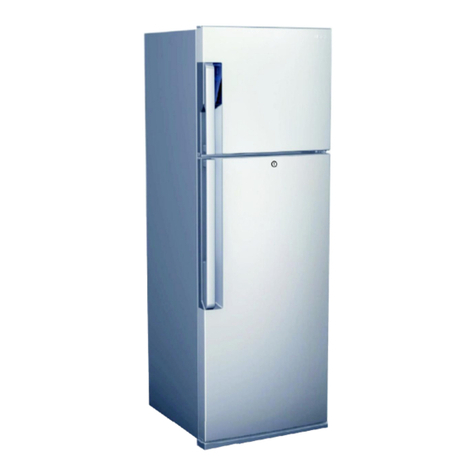
Haier
Haier Refrigerator User manual
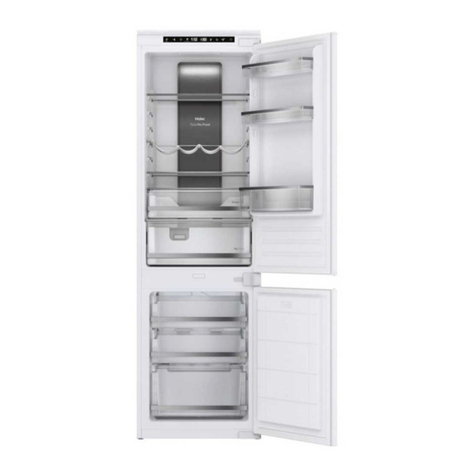
Haier
Haier HBB 177 TNF User manual
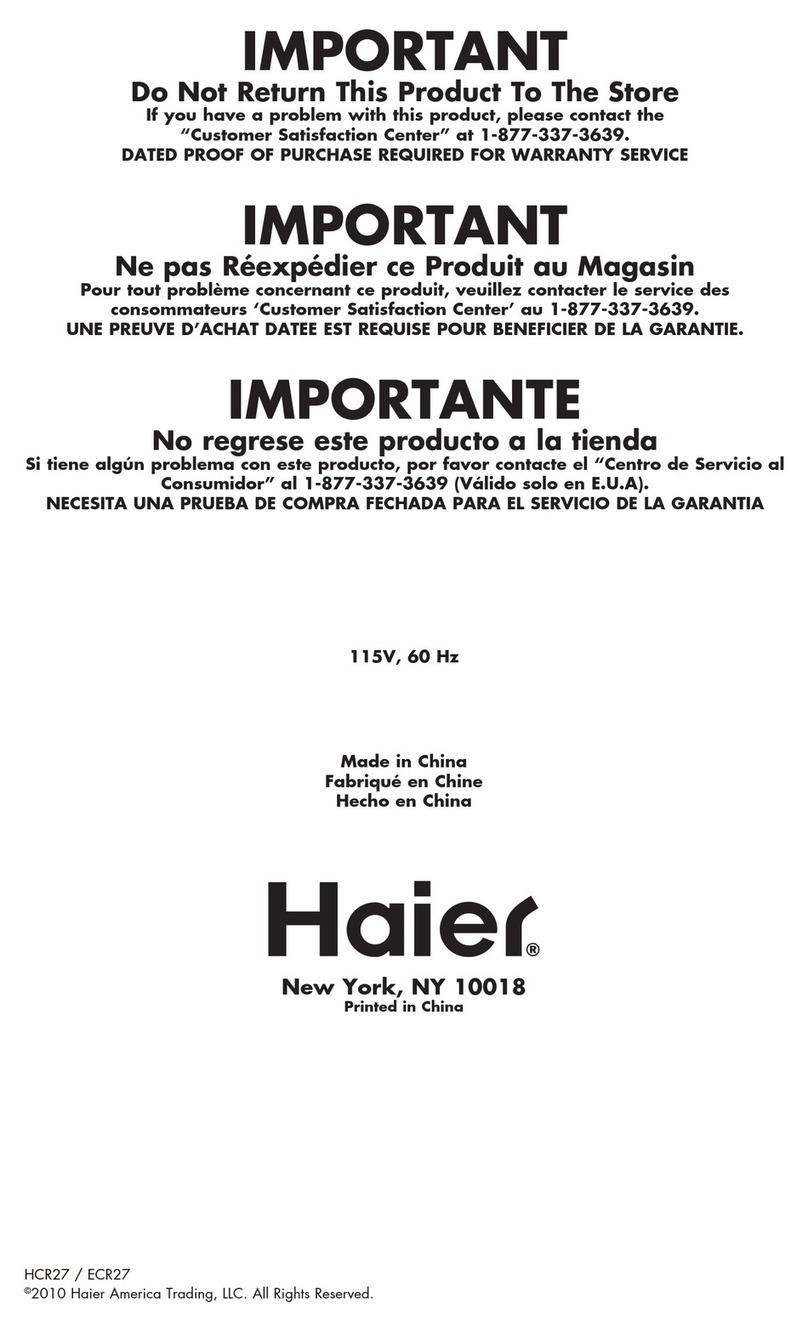
Haier
Haier ECR27 User manual
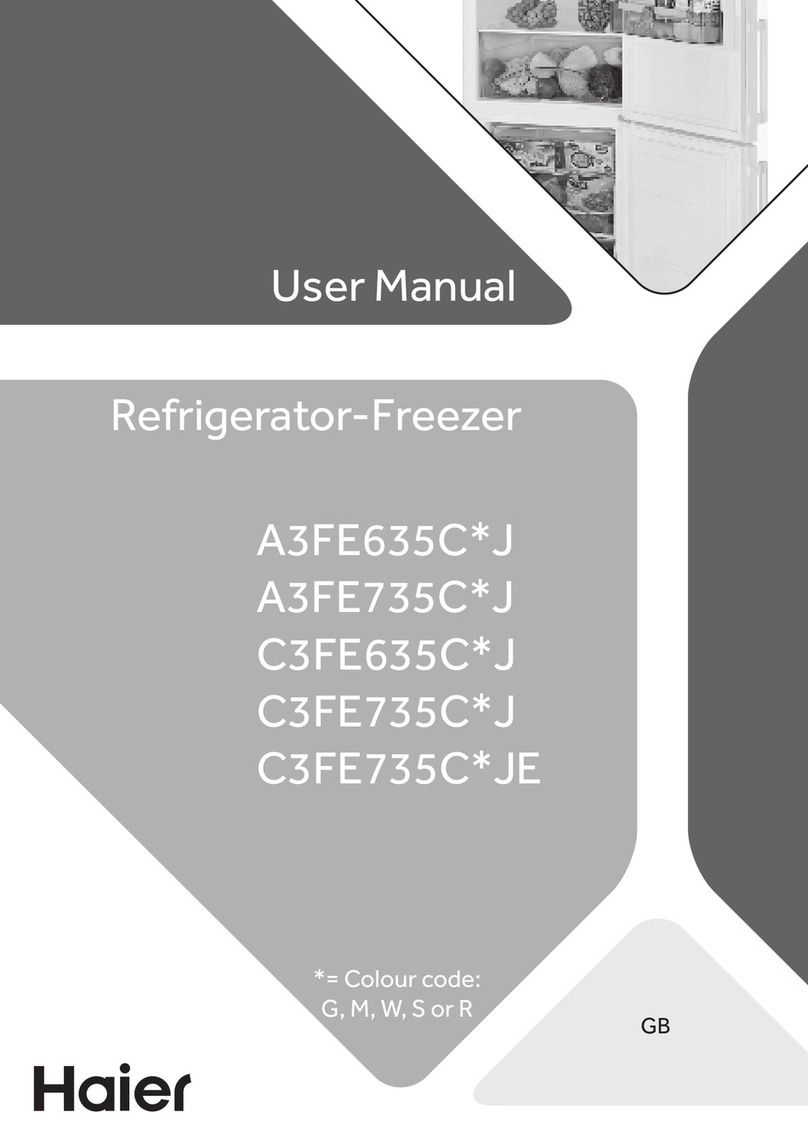
Haier
Haier A3FE635C J Series User manual

Haier
Haier HDW3620DNPK User manual

Haier
Haier HNSEW02 User manual

Haier
Haier HNRQB05 User manual
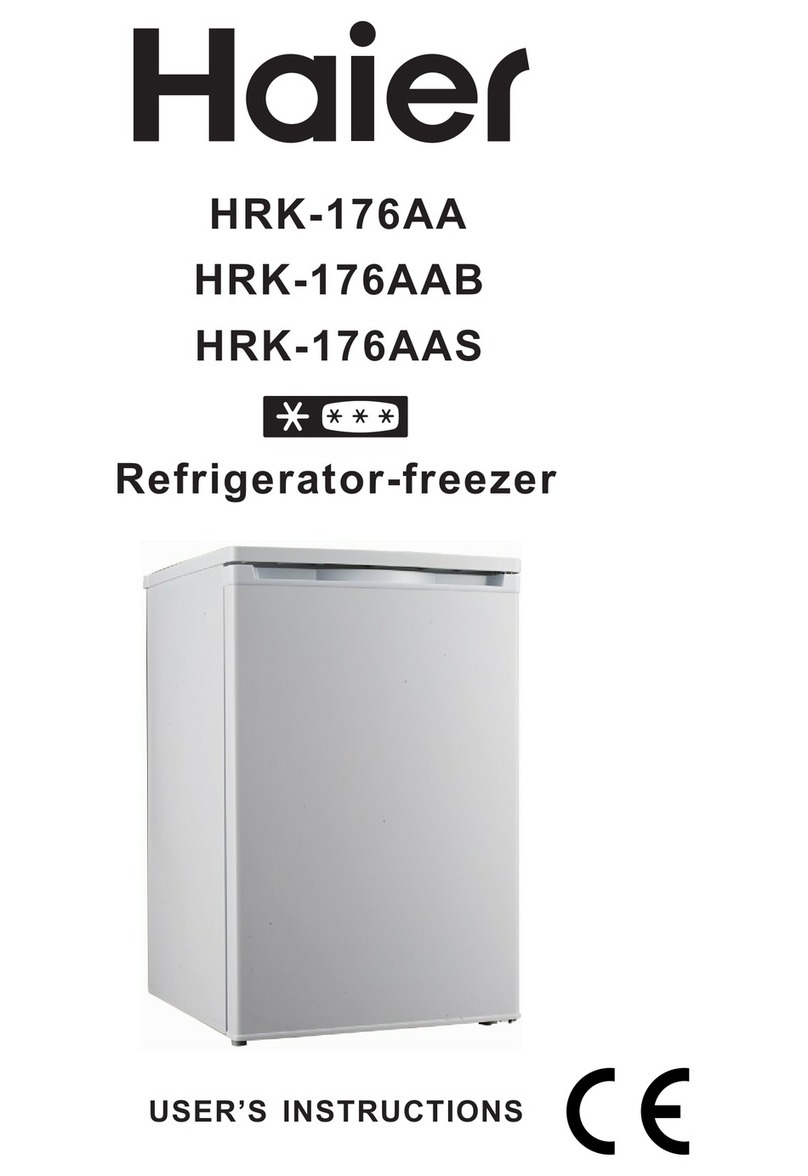
Haier
Haier HRK-176AA User manual
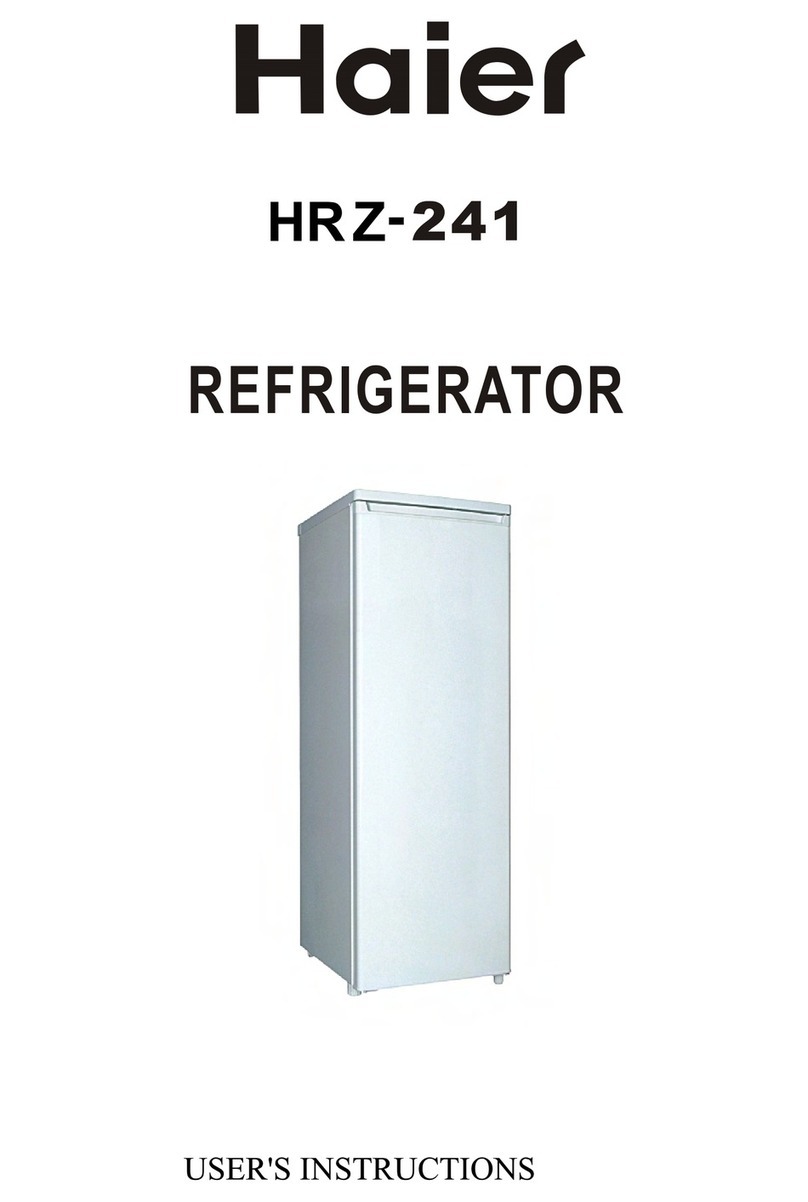
Haier
Haier HRZ-241 User manual
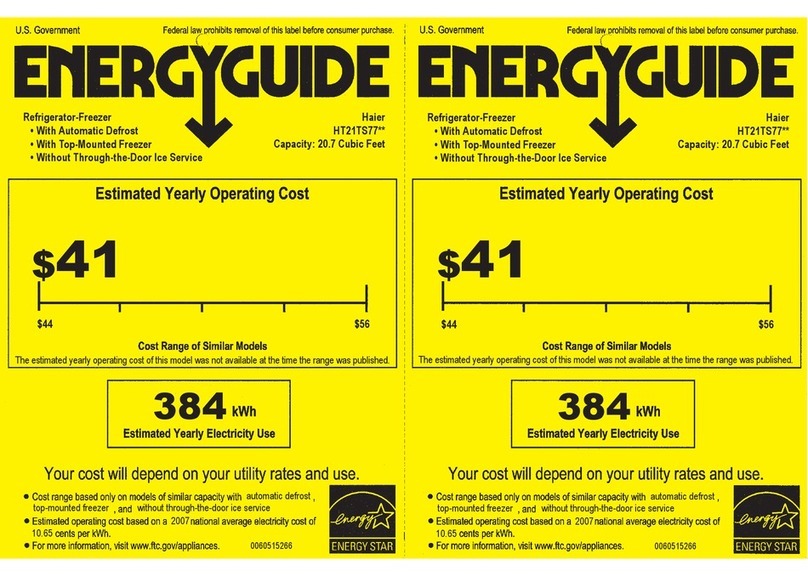
Haier
Haier HT21TS77SP Assembly instructions
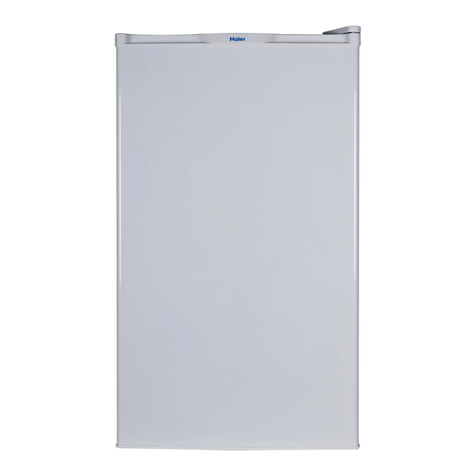
Haier
Haier HNSE04 Assembly instructions
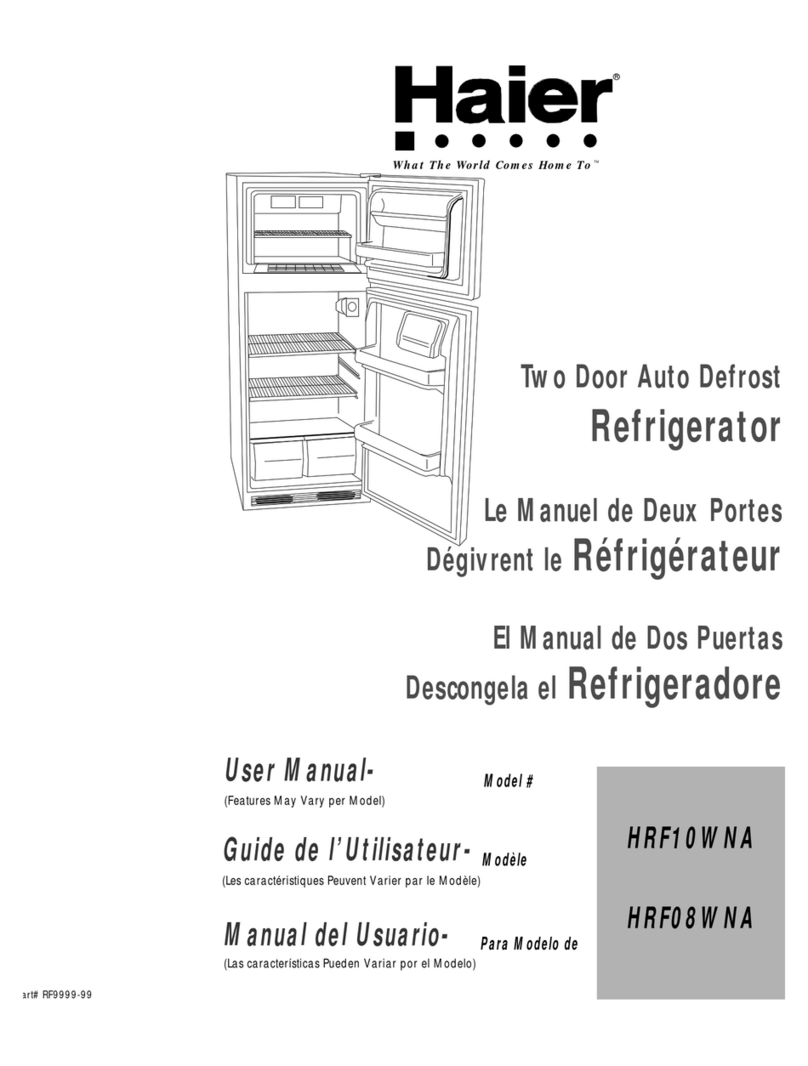
Haier
Haier HRF08WNA - 01-02 User manual
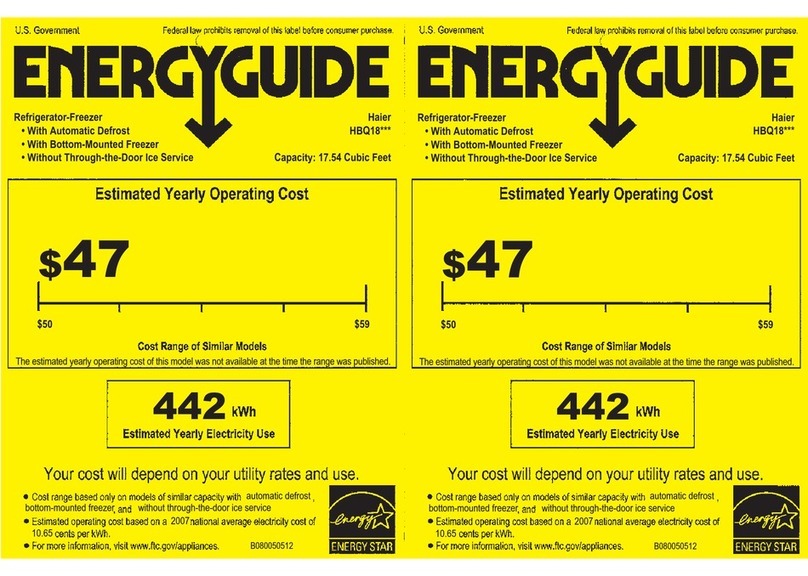
Haier
Haier HBQ18JADLS Assembly instructions
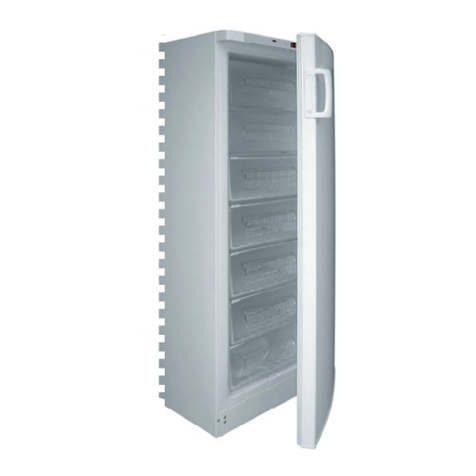
Haier
Haier DW-40L92 User manual

Haier
Haier SC-230 User manual

Haier
Haier RR140-2 User manual

Haier
Haier HYC-260 User manual
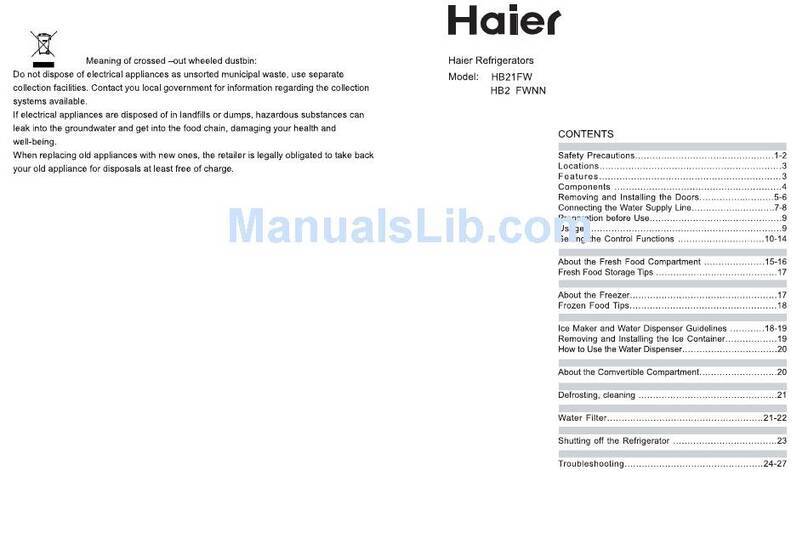
Haier
Haier HB22FWNN User manual
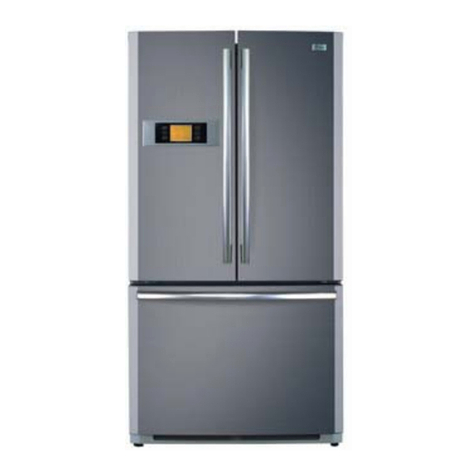
Haier
Haier HB21TNN User manual
